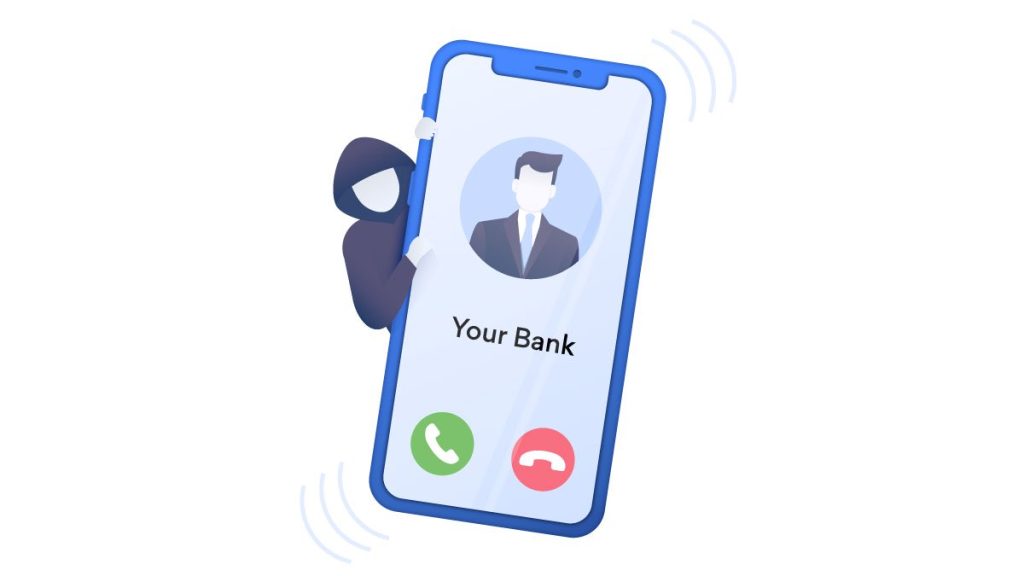
In today’s interconnected world, cyber threats continue to evolve, and criminals are constantly seeking new ways to exploit vulnerabilities. One such emerging threat is ‘Vishing,’ a deceptive technique that combines voice calls with phishing scams. As a UK-based and globally operating cybersecurity firm, Secure Debug is committed to raising awareness and educating individuals and businesses on this growing menace. In this blog post, we will delve into the details of Vishing, its implications, and the steps you can take to protect yourself and your organization.
What is Vishing?
Vishing, or voice phishing, is a social engineering tactic where attackers impersonate legitimate entities, such as banks, government agencies, or service providers, to deceive victims into revealing sensitive information over the phone. This information may include personal details, financial data, or login credentials, which can be used for identity theft, financial fraud, or unauthorized access to online accounts.
How Vishing Works:
- The attacker identifies a target and gathers preliminary information about them, often through social media, data breaches, or online directories.
- The attacker uses spoofing technology to mask their phone number, making it appear as though the call is coming from a legitimate source.
- Posing as a representative of the targeted organization, the attacker persuades the victim to divulge sensitive information or perform a specific action, such as transferring funds or installing malicious software.
Signs of a Vishing Attack:
- Unsolicited phone calls from unknown or unexpected numbers
- Requests for personal or sensitive information, such as passwords or PINs
- Urgent or threatening language designed to elicit an immediate response
- Inconsistencies in the caller’s story or a lack of knowledge about your account
How to Protect Yourself and Your Organization:
- Be cautious of unsolicited phone calls, especially those requesting sensitive information.
- Verify the authenticity of the caller by independently contacting the organization they claim to represent.
- Implement strict security protocols, such as multi-factor authentication and employee training, to minimize the risk of unauthorized access.
- Regularly update and patch software to protect against known vulnerabilities.
- Report suspected Vishing attempts to the appropriate authorities, such as Action Fraud in the UK or the Federal Trade Commission in the US.
Conclusion:
Vishing is a growing concern in the UK and worldwide, with attackers constantly adapting their tactics to exploit new vulnerabilities. By understanding the nature of these threats and implementing robust security measures, individuals and organizations can reduce the risk of falling victim to Vishing attacks. At Secure Debug, we remain committed to keeping you informed and secure in the face of evolving cyber threats.







